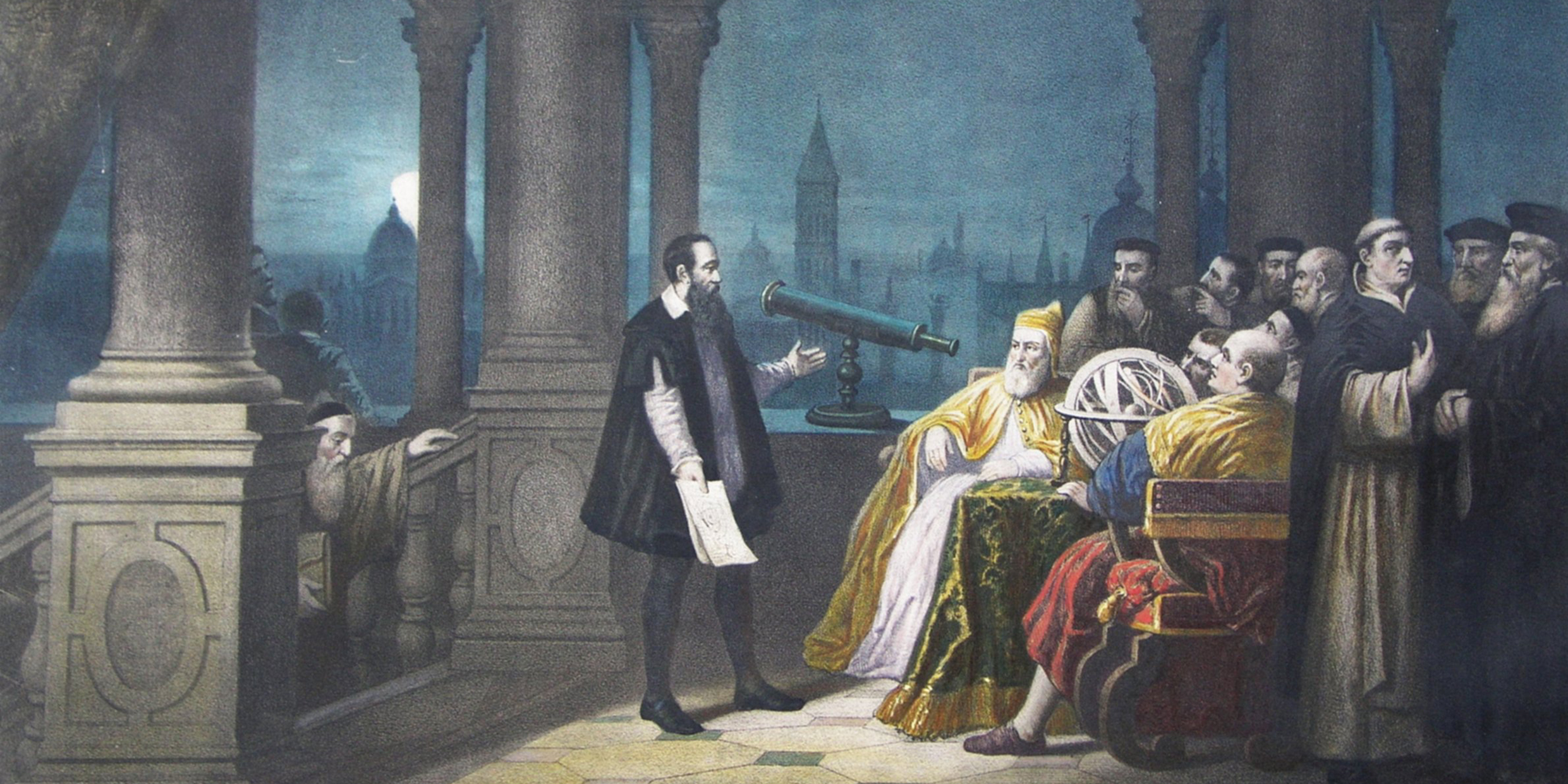Originally published 1 December 1986
As the sun goes down on the last day of the 20th century, Mars will be shining in the southwestern sky. In the south, Jupiter and Saturn will be brilliant neighbors in the constellations Pisces and Aries. The next morning, as the sun rises on a new millennium, Venus and a crescent moon will precede the sun into the sky.
How do I know what the sky will look like that far in the future? I recently acquired an astronomy program for my personal computer. The program works with a database that contains orbital information for the moon and planets, and coordinates for more that 1700 stars, star clusters, and galaxies. With a few commands, the program will display a picture of any part of the sky, from any place on Earth, at any time of the day or night, for any date past or future.
It occurred to me that the program could be a wonderful time travel machine, one that could take me back to participate in special moments of history.
Step back in time
For my first adventure, I set the coordinates of Bologna, Italy, March 9, 1497, at the height of the Italian Renaissance. A young Pole has traveled south to study church law, astronomy, and Greek. Whatever else is on the young man’s mind in this exciting new environment, he is certainly thinking about stars and planets. He has taken a room in the home of the famous astronomer Domenico Novara, who is also his teacher. On this particular evening, they watch together the western sky as the sun sets. With the help of my computer, I watch, too.
As the sky darkens above the Etruscan Hills southwest of the city, Venus blazes in the twilight as an Evening Star. Higher and to the east of Venus, a waxing crescent moon moves through the stars of the constellation Taurus. Student and teacher wait and watch as the disk of the moon approaches, and then obscures, the star Aldebaran, the fiery red “Eye of the Bull.”
The eclipse of a star by another celestial body is called an occultation. The occultation of Aldebaran by the moon on March 9, 1497, was the first recorded celestial observation made by Nicholas Copernicus. The observation spurred the young Pole to begin the studies that would lead to a revolutionary new theory of the world, which moved the Earth from the center of the universe and put it into motion around the sun.
Next, I set the coordinates of my time machine for Leipzig, Germany, August 24, 1563. A 17-year-old Danish student with a secret passion for astronomy rises before sunrise to observe the sky. Venus is the Morning Star. Ruddy Mars is in Taurus, high in the south. There is no moon. The young man’s attention is focused upon Jupiter and Saturn, which rose together several hours before the sun.
As he watches, the two planets seem to blend together into a single spot of light. On the screen of my computer, the symbols for Jupiter and Saturn fall exactly one atop the other.
Astronomers of the 16th century had not accurately predicted the time of the conjunction of the two planets. A prediction based on the Earth-centered astronomy of Claudius Ptolemy was a full month in error. A calculation based on the sun-centered astronomy of Copernicus was off by a few days. The 17-year-old student realized, as he watched the planet-filled morning sky, that before the true system of the world could be known, better observations were required. He became the greatest observational astronomer of his time. His data led directly to the theories of Kepler and Newton. His name was Tycho Brahe.
Galileo’s telescope
For my last trip into past skies, I go to the university town of Padua near Venice, Italy, in the winter of 1610. Some months before, Galileo Galilei had heard of an instrument that magnified the view of distant objects. He quickly learned how to make such an instrument on his own. Although Galileo did not invent the telescope, he was the first to use it to observe the heavens. With his instrument, he made astonishing discoveries — spots on the sun, craters on the moon, stars more numerous than anyone had dreamed.
Onto the screen of my computer comes an image of the sky on the evening of Jan. 7, 1610. The view is dominated by the dazzling constellations of winter — Orion, Taurus, Gemini, Canis Major, and Canis Minor. A moon approaching full floods the sky with light. Galileo turns his telescope to the planet Jupiter, between the horns of Taurus the Bull. He sketches the position of the planet with respect to three tiny “stars” all in a row. A few days later, Galileo realized that the three tiny stars near Jupiter were in fact moons of that planet. They were the first new members of the solar system revealed with the telescope.
The discovery that the Earth’s moon is not unique confirmed for Galileo the truth of the Copernican system of the world. He resolved to convince his contemporaries that the Earth “must not be excluded from the dancing whirl of stars.” With my computer, I am there at that turning point in history.



